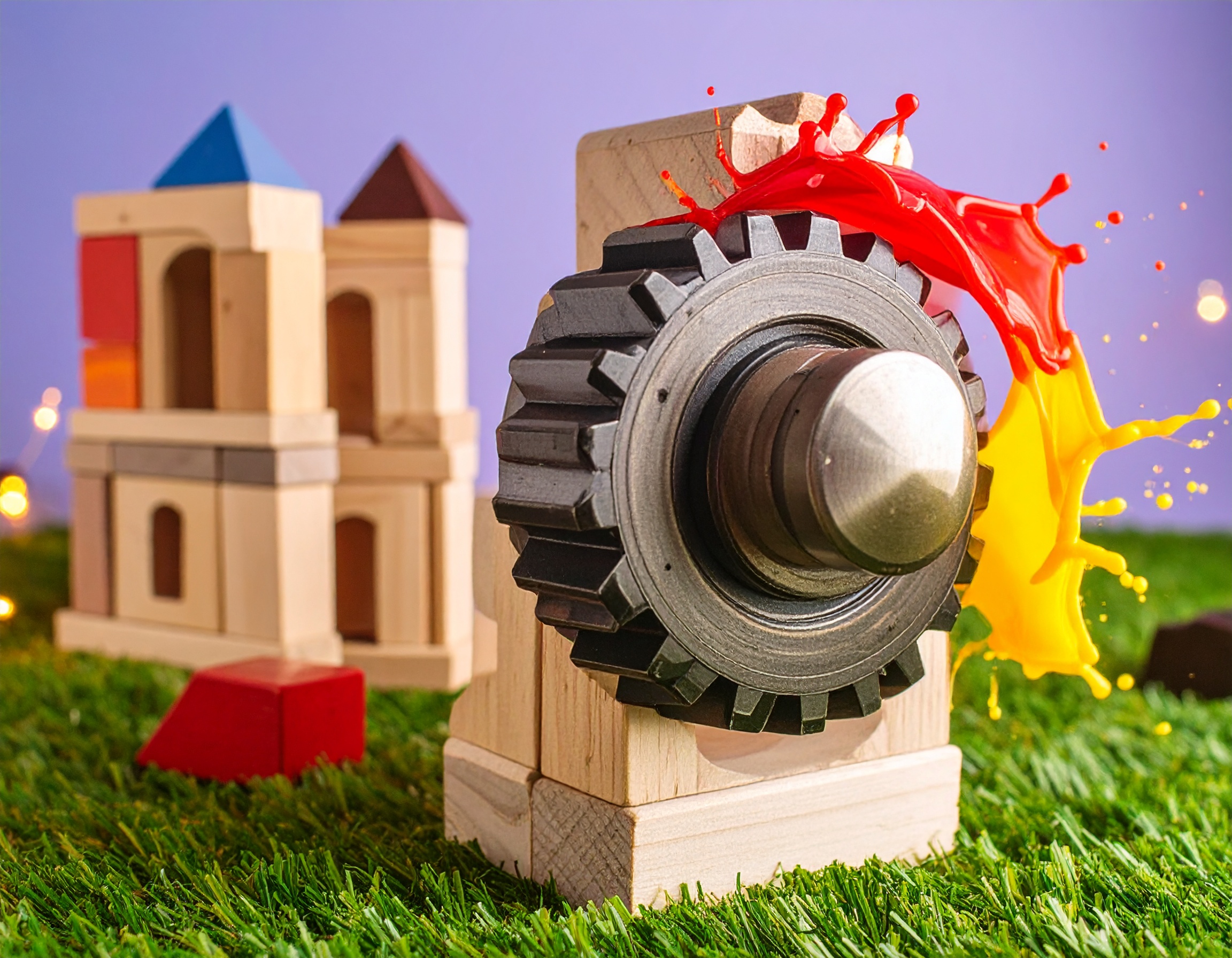Despite decades of research advocating for integrated approaches to learning, our school systems remain largely structured around traditional disciplinary silos. Mathematics is taught separately from Science. English remains isolated from History. Art is rarely given space to intersect with Technology or Biology. Yet outside the school gates, the world is anything but siloed. Real-world challenges, from climate change and urban design to artificial intelligence and social cohesion demand not just deep knowledge, but interdisciplinary and transdisciplinary thinking. So, why are we still preparing students for a world that no longer exists?
If schools are to remain relevant, they must initiate learners into the richness of interdisciplinary and transdisciplinary ways of knowing and doing. This is more than just combining subjects in a project. It is about fostering the capacity to draw on multiple domains, transfer insights across contexts, and work with complexity, ambiguity, and novelty. Interdisciplinary education does not dilute disciplinary knowledge, it deepens and extends it by encouraging learners to see connections, question assumptions, and imagine new possibilities.
But this doesn’t happen by accident. Teachers need support, time, and professional learning to confidently facilitate interdisciplinary and transdisciplinary challenges. This means being upskilled in contemporary creativity pedagogies, approaches that value curiosity, conceptual flexibility, and problem-finding as much as problem-solving. When teachers are equipped with creativity dispositions and tools, they gain the confidence to design experiences that move beyond “what is” and “what can it do?” toward the generative realms of “what if?”, “as if”, and “what can I do with this?”
These phases of learning are essential for preparing students not just to recall information but to apply, reframe, and innovate with knowledge. They form the bridge between academic achievement and real-world impact, between school performance and post-school agency. In this light, creativity and entrepreneurship are not ‘nice-to-haves’, they are core capabilities for thriving in a rapidly evolving world.
It is time schools recognised and celebrated learners not only for their mastery of subjects, but also for their capacity to create, to connect, and to contribute. It is time we placed equal value on a young person’s ability to reimagine systems, propose bold solutions, and take informed action as much as we do on their ability to pass standardised tests.
If we are serious about preparing young people for life beyond school, we must redesign our learning ecosystems. That means shifting our vision, updating our professional toolkits, and embracing the full potential of interdisciplinary, creative, and entrepreneurial education.
Because the future is not siloed. And our learners shouldn’t be either.
Where to Begin: Practical Moves Toward Interdisciplinary Creativity
Start with a Concept, Not a Subject
Encourage teaching teams to design units around big ideas such as Change, Systems, Identity, or Sustainability. Use these macro-concepts to connect different subjects in meaningful ways while maintaining disciplinary depth.
Build Teacher Capacity in Creativity Pedagogies
Invest in professional learning that explores dispositions like curiosity, experimentation, pattern recognition, and conceptual openness. Equip teachers with frameworks that help them facilitate ‘what if’ thinking and interdisciplinary challenges.
Co-design Open-Ended Challenges Across Disciplines
Invite cross-curricular teams to design learning challenges that require students to integrate knowledge, explore possibilities, and develop original solutions. Make time for collaborative planning that begins with a provocation, not a product.
Recognise and Celebrate Creative and Entrepreneurial Thinking
Create opportunities for students to pitch ideas, launch projects, or exhibit their work in ways that value originality, agency, and relevance. Align recognition with creativity and entrepreneurship, not just test scores.
Embed Interdisciplinary Thinking in Assessment
Review your assessment tools to ensure they allow for divergent thinking, critical questioning, and conceptual transfer. Include formative moments that track how students make connections and extend ideas across contexts.
Model the Change at Leadership Level
Leaders set the tone. Model cross-team collaboration, allocate time for interdisciplinary planning, and make space for innovation. Share examples of success and encourage a culture of experimentation.
